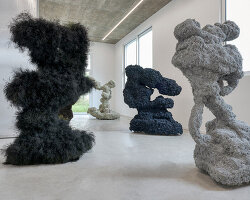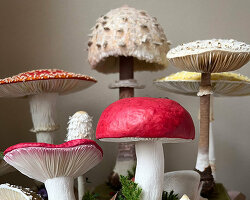KEEP UP WITH OUR DAILY AND WEEKLY NEWSLETTERS
PRODUCT LIBRARY
the largest exhibition dedicated to the artist in france is now on view at the grand palais in paris, bringing together large-scale installations, sculptures, photographs, drawings, performance videos and archive documents.
from monumental murals to ephemeral installations, here are the top 10 public art projects of 2024 that shaped the year in creativity.
from art and design fairs, to public art activations and museum exhibitions, explore all the highlights taking place from december 1st — 8th.
across twelve themed galleries, the first-of-its-kind show at qatar's national museum traces the evolution of pakistan's visual arts and architectural practices over the past eighty decades.
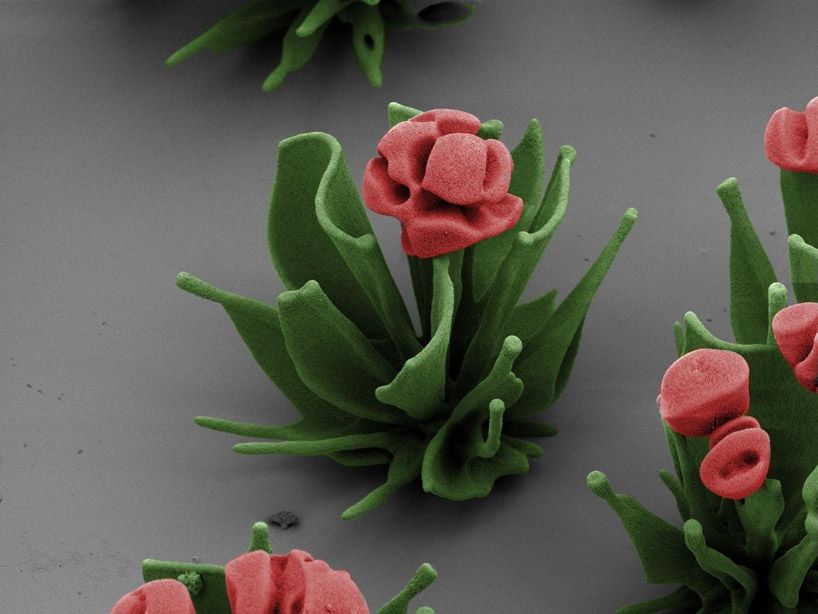
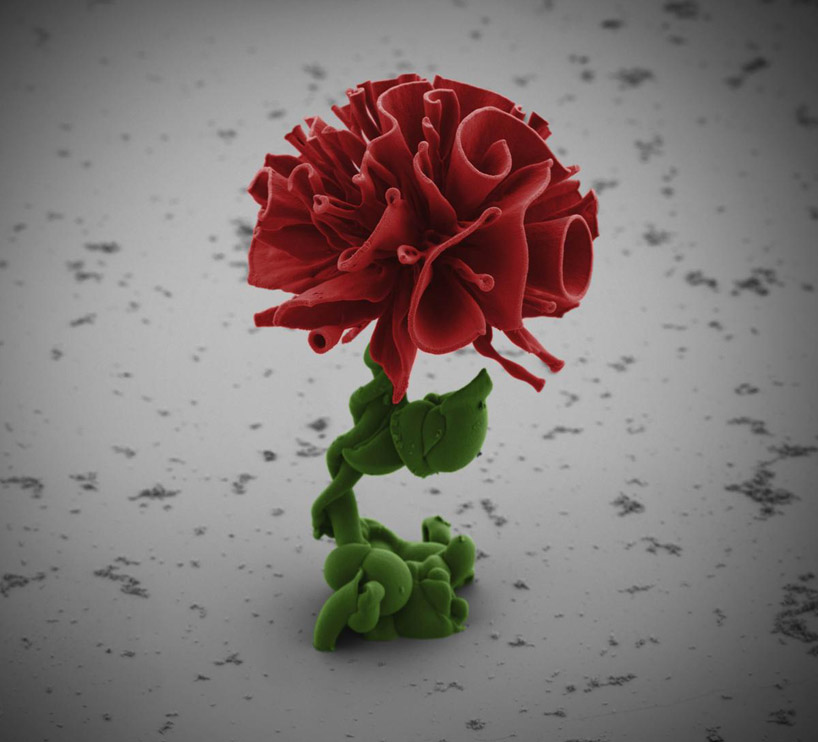 a collective of microscopic flowers are produced by dissolving barium chloride and sodium silicate into a beaker of water
a collective of microscopic flowers are produced by dissolving barium chloride and sodium silicate into a beaker of water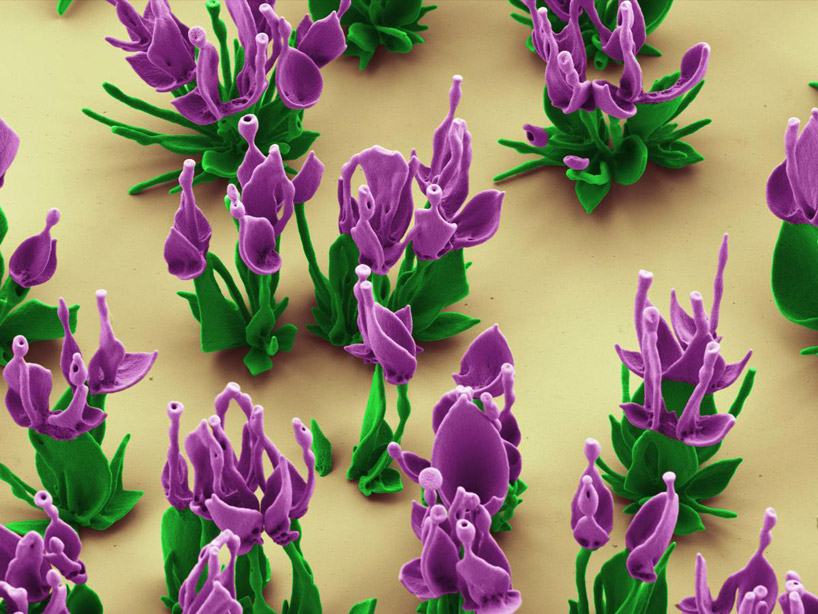 in a chemical reaction, barium carbonate crystals are formed as carbon dioxide from the air to diffuses the solution, creating an intricate jagged forms
in a chemical reaction, barium carbonate crystals are formed as carbon dioxide from the air to diffuses the solution, creating an intricate jagged forms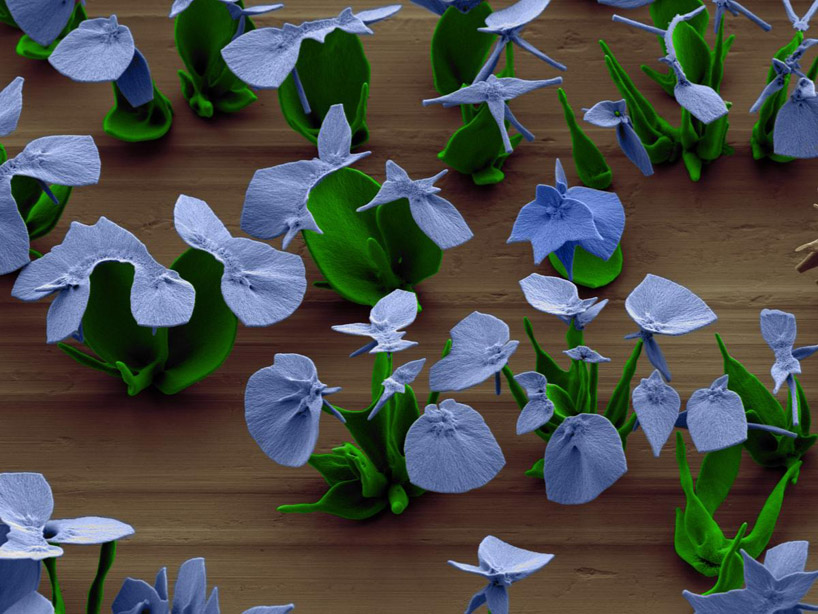 the structure of a shell dramatically changes as the acidity of the solution and the temperature become modified
the structure of a shell dramatically changes as the acidity of the solution and the temperature become modified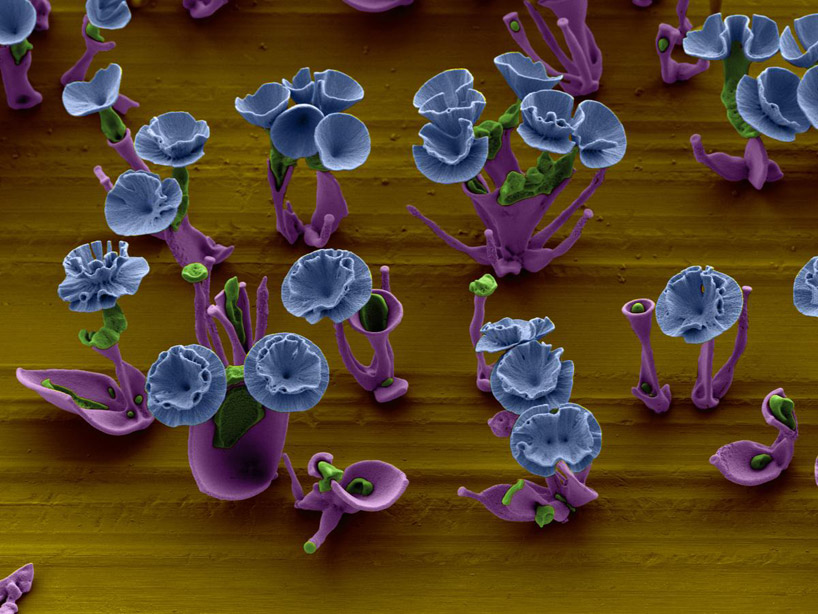 images are then taken using an electron microscope – which capture details of the composition.
images are then taken using an electron microscope – which capture details of the composition.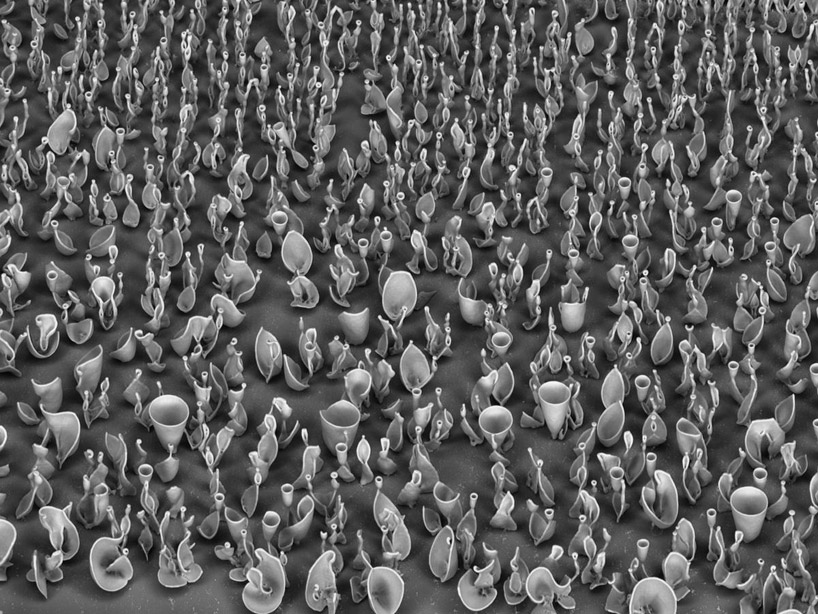 garden of flowers
garden of flowers
